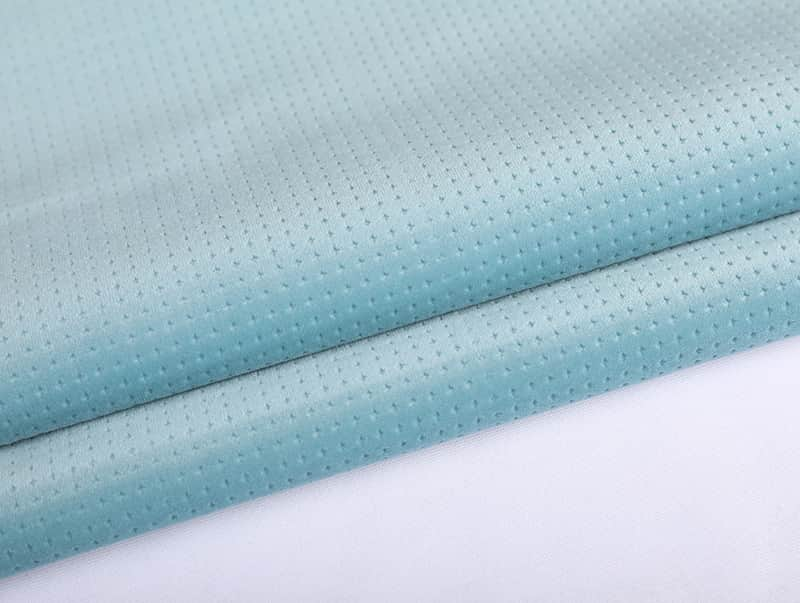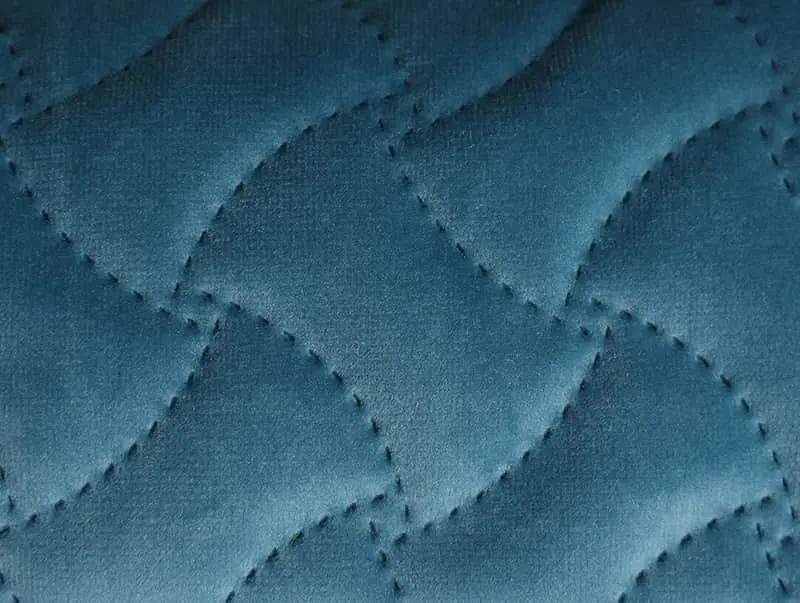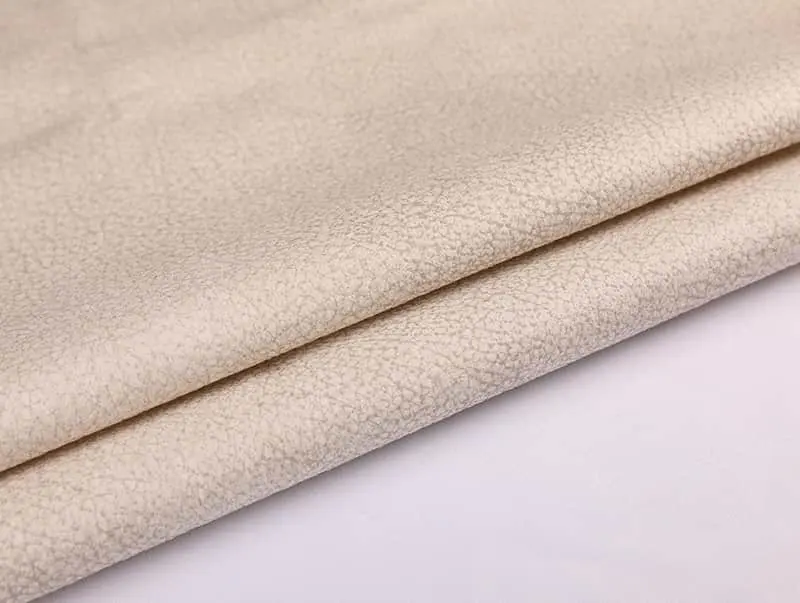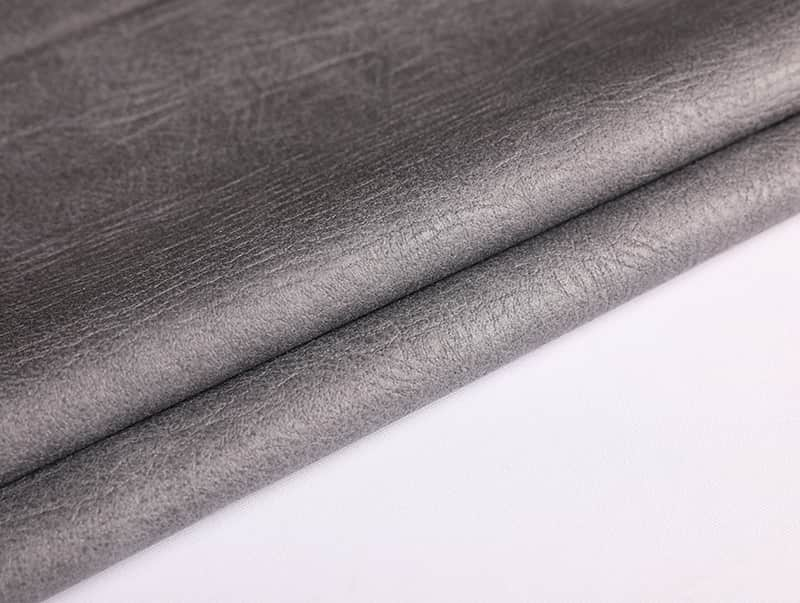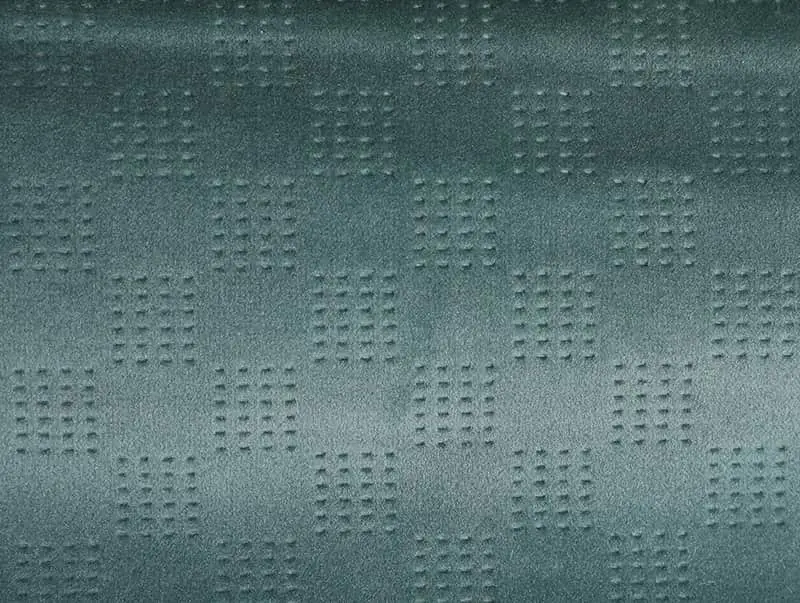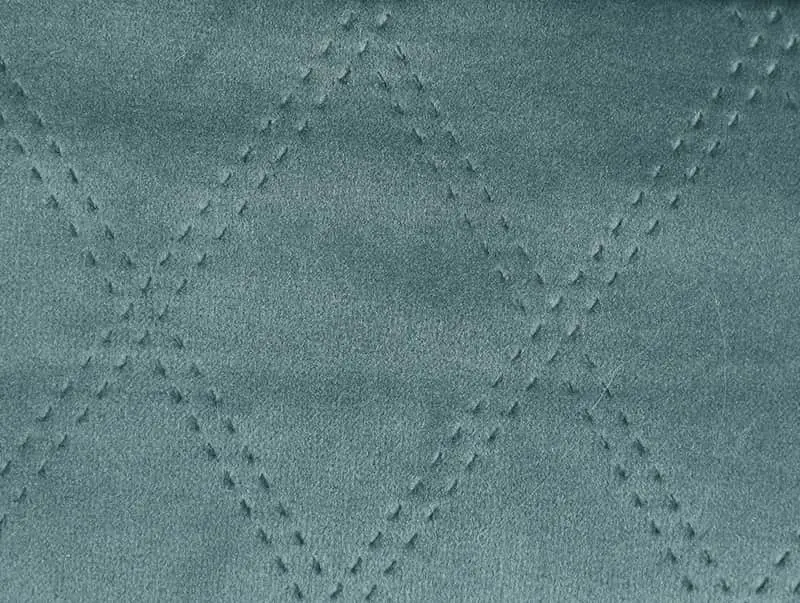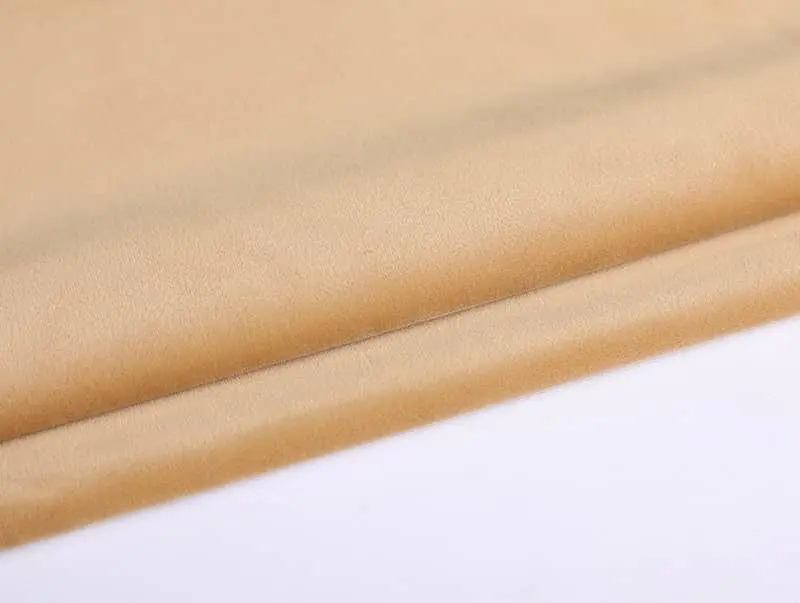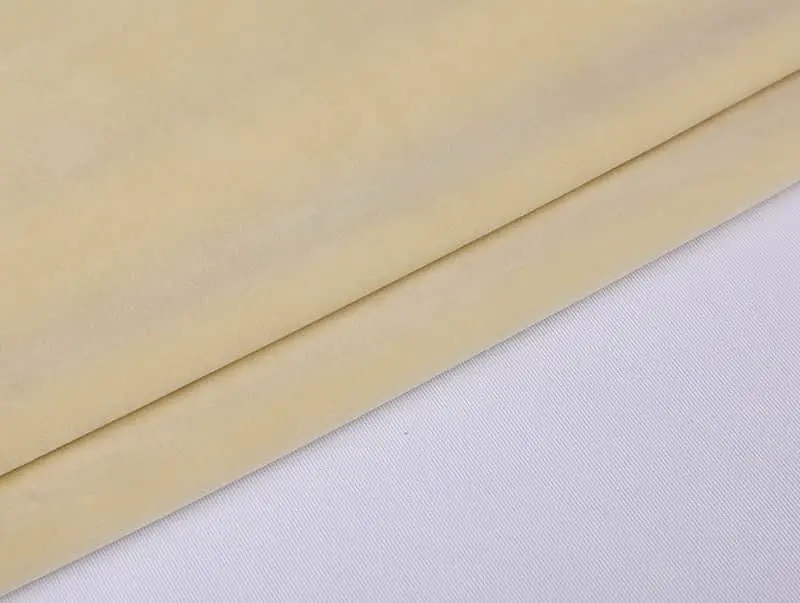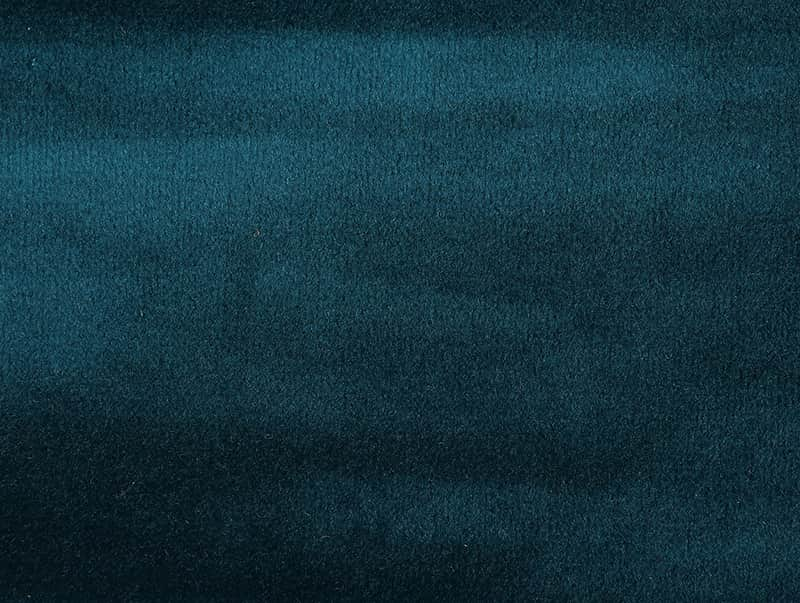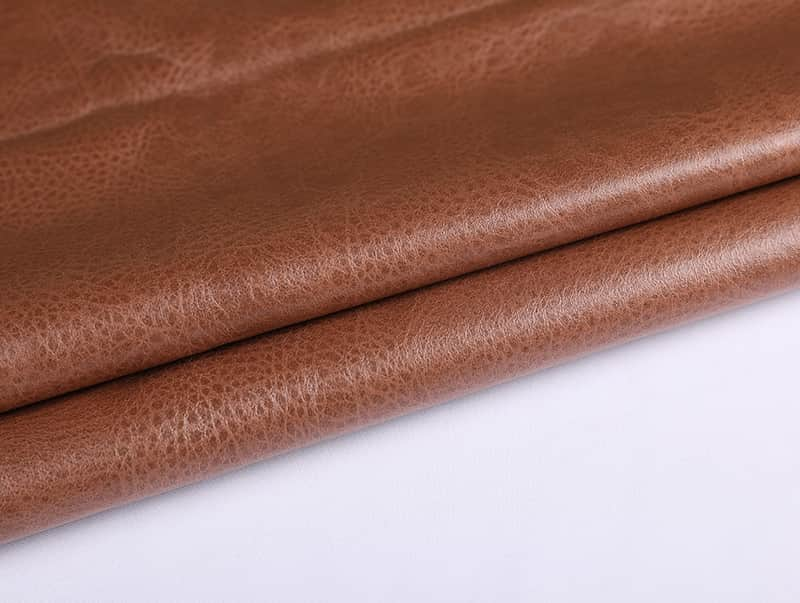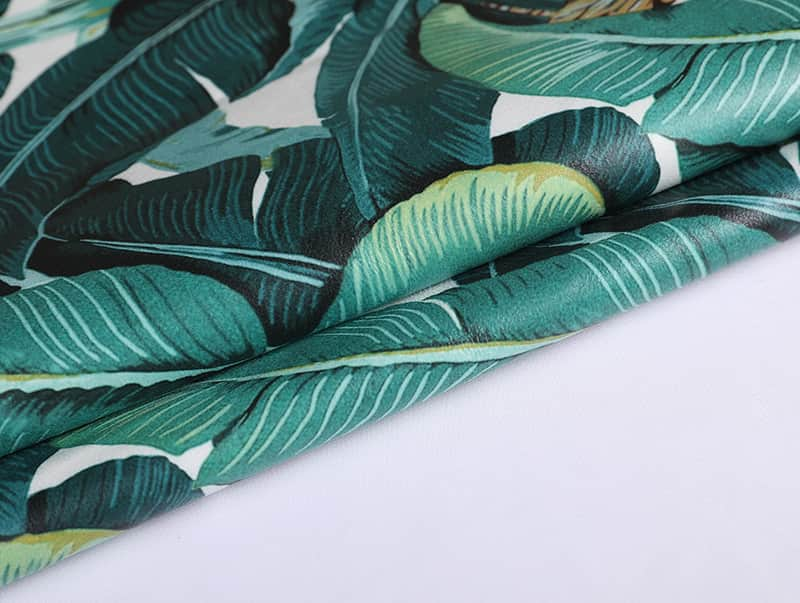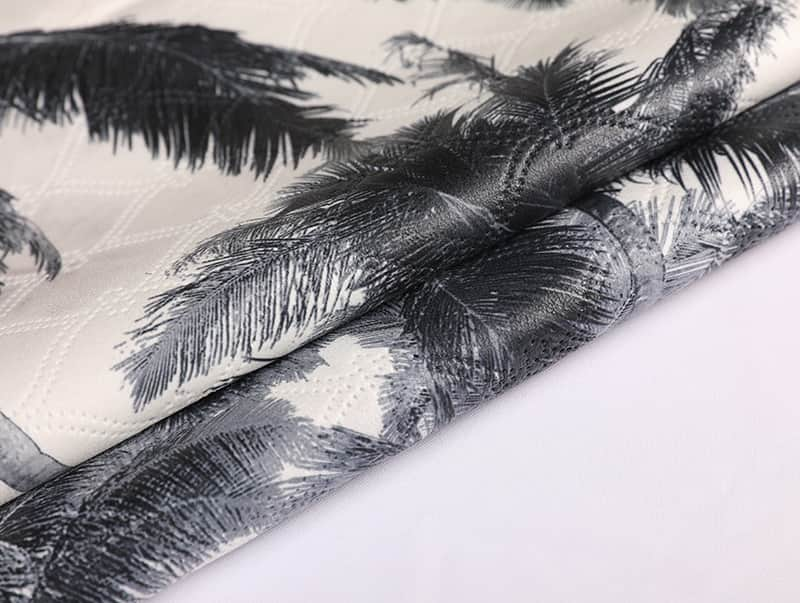Velvet curtain fabric, with its rich history and luxurious texture, has long been a symbol of sophistication and grandeur in interior design. Among the many textiles available for window treatments, velvet stands out not only for its tactile appeal but also for its visual depth, acoustic properties, and ability to influence the ambiance of a space. Whether used in residential interiors, theatrical settings, or high-end hospitality environments, velvet curtains have consistently maintained their relevance across centuries.
Historical Significance and Evolution
The origins of velvet trace back to ancient civilizations such as Egypt, China, and India, where it was initially woven from silk and reserved for royalty and the elite. By the Middle Ages, velvet became prominent in Europe, especially during the Renaissance, when Italian cities like Venice and Florence emerged as centers of velvet production. Its association with opulence made it a favored choice for drapery in palaces, cathedrals, and aristocratic homes.
Over time, the manufacturing process evolved, allowing for more accessible versions of velvet made from cotton, polyester, and rayon blends. These modern adaptations retain the sumptuous look and feel of traditional silk velvet while offering increased durability, affordability, and ease of maintenance—making them suitable for contemporary applications.
Material Composition and Textural Qualities
True velvet is defined by its dense, short pile that results in a smooth, soft surface with a subtle sheen. The fabric is typically woven using a double-cloth technique, which allows two layers to be produced simultaneously. These layers are then cut apart, creating the distinctive plush texture. In the context of curtain fabrication, this unique structure contributes to both aesthetic and functional benefits.
Velvet’s pile creates a play of light and shadow depending on the direction in which it is brushed—a phenomenon known as "lustering." This dynamic quality gives velvet curtains a chameleon-like appearance, subtly altering their hue throughout the day. When used in window treatments, this effect can enhance the spatial perception and emotional tone of a room.
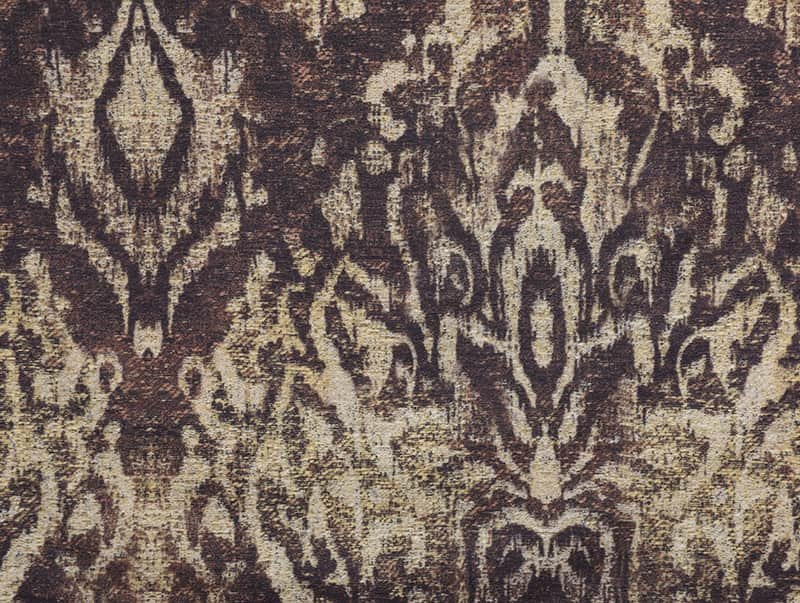
Acoustic and Thermal Performance
Beyond its visual allure, velvet curtain fabric offers practical advantages that make it particularly valuable in specific architectural contexts. Due to its thick weave and substantial weight, velvet possesses excellent sound-dampening qualities. This makes it an ideal material for theaters, recording studios, libraries, and home cinemas, where noise reduction is essential.
Moreover, velvet curtains provide superior insulation compared to lighter fabrics. Their density helps regulate indoor temperatures by reducing heat loss in winter and blocking excessive sunlight in summer. This dual function enhances energy efficiency and contributes to a more comfortable living or working environment.
Color Psychology and Interior Design Integration
Color plays a pivotal role in how velvet curtains influence the atmosphere of a space. Dark tones such as deep navy, charcoal, and burgundy evoke a sense of drama and elegance, often used in formal drawing rooms or luxury hotels. Conversely, softer shades like blush pink, sage green, and cream introduce warmth and serenity, making them well-suited for bedrooms or minimalist interiors.
Designers increasingly experiment with bold hues and patterns to create statement pieces. Jewel tones like emerald green and sapphire blue are particularly popular in modern eclectic decor, reflecting a resurgence of maximalist trends. Additionally, the integration of metallic threads or embroidered detailing can elevate the fabric into a decorative focal point rather than merely a functional element.
In terms of styling versatility, velvet curtains pair well with a wide range of design aesthetics—from classic Victorian to contemporary Scandinavian. They can serve as a bridge between contrasting elements in a room, balancing sleek modern furniture with traditional architectural features.
Contemporary Trends and Sustainability Considerations
In recent years, there has been a growing emphasis on sustainable textile production. As consumers become more environmentally conscious, manufacturers are responding by producing eco-friendly velvet options. These include recycled polyester velvets and organic cotton blends dyed with low-impact pigments. Some brands are also adopting closed-loop water systems and renewable energy sources in their production facilities, aligning with broader industry efforts toward sustainability.
Additionally, the trend toward bespoke interior design has led to an increase in custom-made velvet curtains tailored to individual preferences. From blackout linings for improved sleep hygiene to flame-retardant treatments for commercial use, today’s velvet curtain market offers highly adaptable solutions that cater to diverse needs.
